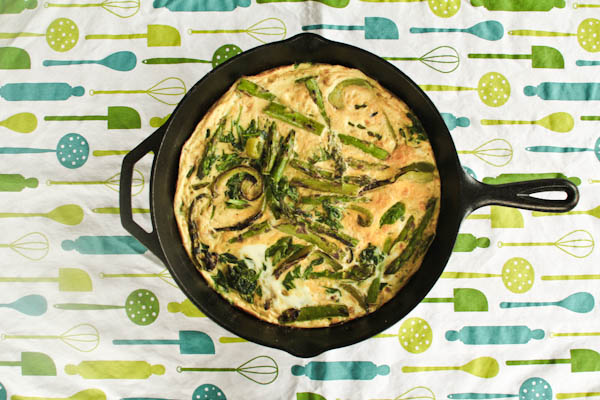Yesterday I posted about our reasons for living clean. Today I would like to explain what I mean when I say that we are clean eaters.

Eating clean is a diet (definition: food and drink regularly provided or consumed, source) that focuses on eating as close to nature as possible. We strive to consume foods that are unspoiled, sustainably sourced and nutrient dense. The following is how we define clean eating:

- Eat 5-6 small meals per day, paying attention to proper portion sizes. Pair a protein source with a complex carbohydrate (fruit, veggie and/or starchy carb) at every meal.
- Focus on nutrient dense fruits, vegetables, lean proteins, legumes, whole grains, and essential fatty acids (EFAs).
- Lean protein examples: skinless chicken breast, salmon, tilapia, cod, mahi mahi, shrimp, turkey breast, elk, bison, grass-fed beef, egg whites + eggs, cottage cheese, protein powder.
- Whole grain/Strachy Carb examples: oats (groats, steel cut and rolled/old fashioned), buckwheat, quinoa, millet, sweet potatoes, potatoes, corn, peas.
- EFA examples: salmon, extra virgin olive oil, grapeseed oil, almond oil, coconut oil/butter, flaxseeds, chia seeds, almonds, cashews, walnuts, grass-fed beef.
- Avoid processed and refined foods.
- Examples: white flour (bleached or unbleached), refined sugars (HFCS, table sugar, etc.), trans fats, fried foods, etc.
- Drink plenty of water.
- I strive to drink at least 3 liters of water per day. To make this easier I carry a water bottle
with me at all times.
- For extra refreshment I add lemon, cucumber, mint, dill or basil to my water. Delicious!
- I strive to drink at least 3 liters of water per day. To make this easier I carry a water bottle
- Read nutrition labels.
- Avoid buying anything that has more than 5 ingredients – strive for 1-2 ingredients.
- Avoid anything that contains added sugar, salt, refined flour or preservatives.
- Choose unsweetened and unsalted items. Add natural sweetener (honey, sucanat or maple syrup) or sea salt at home and over time your taste buds will adapt to using less sweetener and sodium.
- Do you recognize all of the listed ingredients or do some of them sound like they were made in a lab?
- Choose organic and non GMO, if possible.
- Shop with a conscience. Use your dollars as a means of voting for sustainable farming practices that respect the Earth, plants and animals.
- Eat local and in season fruits and vegetables, they are better for the environment, use less synthetic pesticides and fertilizer and will save you money. Visit a local farmer’s market.
- Consider how animals are raised and cared for. Purchase animal products were the animals were raised in an environment that is as close to their natural habitat as possible. The resulting products are higher in nutrients and much better for you.
- Choose organic and sustainable whenever possible. Always choose organic when it comes to the dirty dozen.Read this article to find out more about the dirty dozen. Download the EWG dirty dozen printable pocket guide here and the iPhone app here.
- For more information on sustainable food watch Food, Inc.
and read any of Michael Pollan’s books
 This post can also be found in the main navigation as a sub-page of mmm.
This post can also be found in the main navigation as a sub-page of mmm.
Within the next few weeks I would like to post my daily food journal here so that you can see how easy and uncomplicated eating clean can be.

Leave a Reply